I wish I did have a magic wand that could publish the stories of my choice (including my own!). But the best I can offer are 10 tips to help you determine whether your picture book manuscript is ready to be submitted to a publisher.
1. YOU like your story, but will parents and kids choose it over the bookstore's competing bestsellers? Go to Barnes & Noble and read as many new books as you can in your story's category. These days children's books are pretty sophisticated, so if your story was written when your 20-year-old was 4, it probably needs freshening up.
2. Clichés make editors yawn. Not that talking animals; the shy, new kid who tries to fit in; or the red-headed tomboy are taboo--but if you use them, make sure they're surprisingly fresh.
3. Teachy-preachy is no good. If your story involves a "lesson," bury it deep, deep, deep beneath an engaging character and story. (In Maurice Sendak's Pierre, Pierre learns not to say "I don't care" when his indifference leads him to be eaten by a lion!)
4. Does your story work on more than one level? For parents to shell out money for a picture book these days, it's usually for a book that can be read again and again and again.
5. If your first sentence doesn't grab the reader, what will? When it comes to titles, first sentences, and endings, there are infinite possibilities. I write pages and pages of each until I find the winning one. I like Arthur Yorinks beginning to Louis the Fish: "One day last spring, Louis, a butcher, turned into a fish." Endings have endless possibilities--think surprise, twist, humor.... have fun with it!
5. If your first sentence doesn't grab the reader, what will? When it comes to titles, first sentences, and endings, there are infinite possibilities. I write pages and pages of each until I find the winning one. I like Arthur Yorinks beginning to Louis the Fish: "One day last spring, Louis, a butcher, turned into a fish." Endings have endless possibilities--think surprise, twist, humor.... have fun with it!
6. Make sure your book hasn't already been written. Do title and subject searches on Amazon. If your idea has been done but not for several years, I wouldn't worry about it. If your idea is all over the place, make sure it's obvious that yours is completely different or go back to the computer and write something else.
7. Having a major dramatic question (MDQ) is a must! What is your character trying to achieve? This question must be obvious at least 1/3 of the way through and must be answered by the end of the book. Your character must actively pursue his/her goal and go through some sort of change to get there.
8. Humor is good. If you can keep kids (and adults) laughing throughout you've probably got a winner.
9. If you're trying to find an illustrator for your story, don't bother. Editors prefer to choose their own illustrators unless the author is also an illustrator. Many editors say don't include art notes but I include brief notes where they're needed. If, say, an armadillo must appear in the art but isn't in the text, you'd need to note this.
10. Editors say they have no interest in rhyming books. If I had listened to this, City Witch, Country Switch, Bus to Booville, Look Who's Buzzing, Animal Family Christmas, You Can't Scare Me, A Very Mice Christmas, and Class Picture Day--all rhyming books--would still be sitting in a Folder on my Desktop. If you're good at rhyming, and can avoid grabbing at contrived words to make something work, go for it!
Good luck!


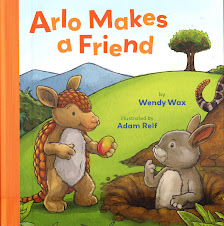

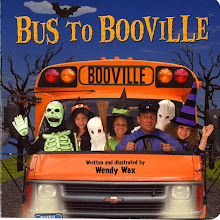

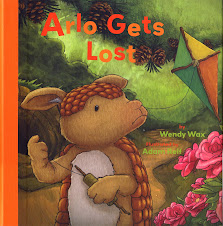
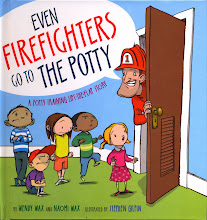

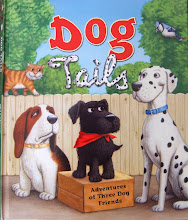







No comments:
Post a Comment